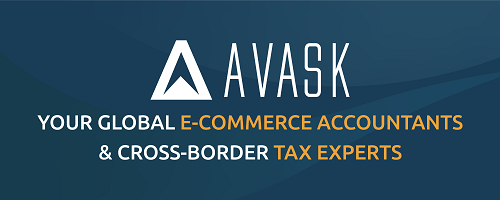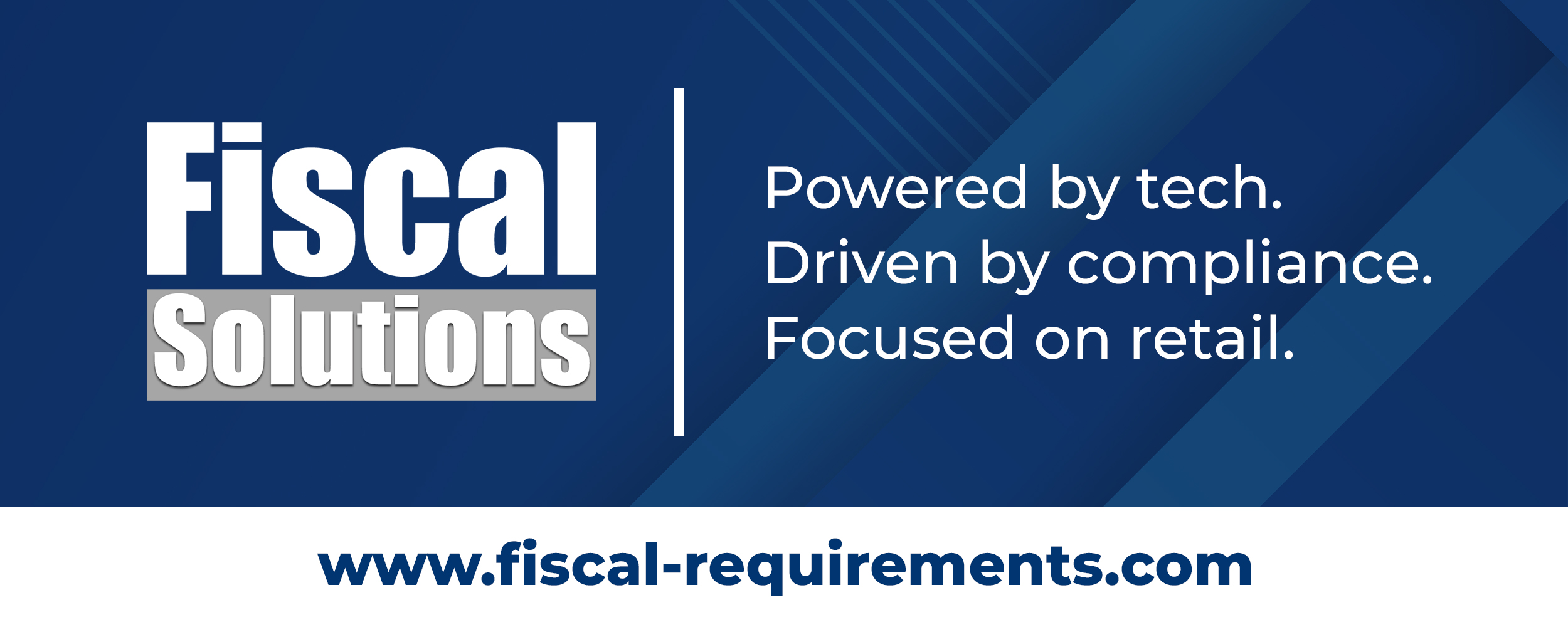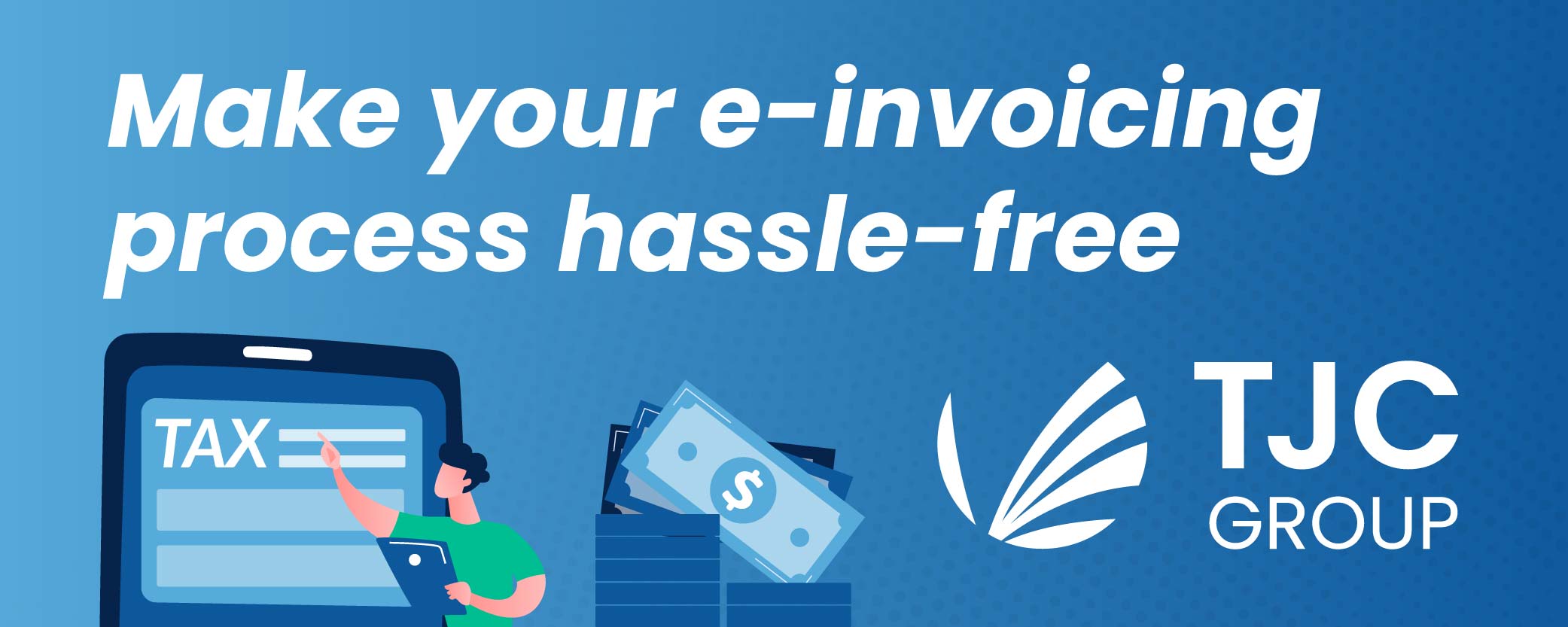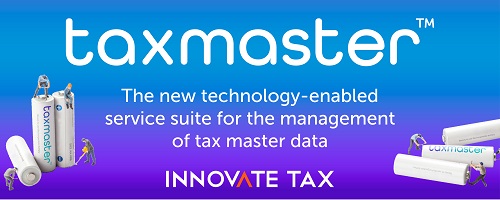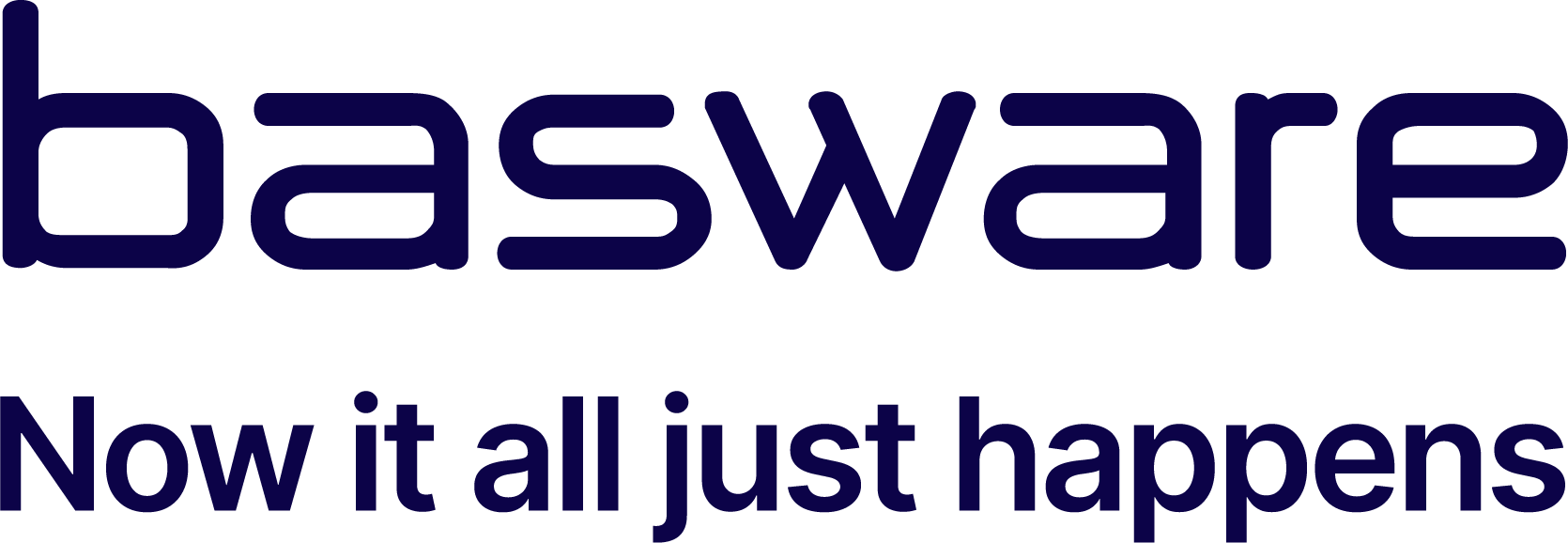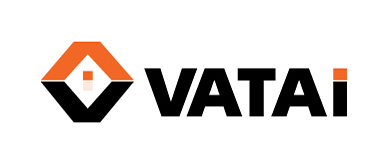-
U.S. sales tax differs greatly from VAT, with 13,000+ jurisdictions, frequent rate changes, and consumer use tax risks—making compliance highly complex for foreign businesses entering the U.S. market.
-
Understanding and monitoring nexus—including physical, economic, affiliate, and click-through—is essential for determining sales tax obligations and avoiding penalties or unexpected liabilities in U.S. states.
-
Marketplaces like Amazon may collect tax on behalf of sellers, but businesses must still track sales to determine if they’ve triggered economic nexus and comply with state-specific reporting rules.
-
Tax automation software helps businesses accurately calculate and apply correct U.S. tax rates in real-time, reducing compliance risks and streamlining customer checkout experiences across multiple jurisdictions.
-
Correctly classifying products using HS codes is vital for avoiding customs delays, penalties, or blocked shipments, especially with varying classifications across regions and evolving tariff rules like Trump-era duties.
-
Automated tools simplify HS code assignment and real-time tariff calculations, ensuring goods move efficiently through customs and minimizing unexpected charges for both the seller and the customer.
-
Failing to comply with U.S. tax laws can result in audits, penalties, and reputational damage. Using automation for research, registration, calculation, and filing improves accuracy and scalability.
Source: avalara.com
Latest Posts in "United States"
- Washington DOR Releases Q4 2025 Sales Tax Rates for Car Dealers and Lessors
- Impact of South Dakota v. Wayfair on E-commerce Sales Tax Compliance and Business Practices
- Washington State Expands Retail Sales Tax to New Services Starting October 2025
- Florida’s Second Amendment Tax Holiday: Shop Tax-Free for Firearms, Ammo, and Gear Until Dec. 31
- U.S. to impose 100% tariff on branded, patented drugs unless firms build plants locally




